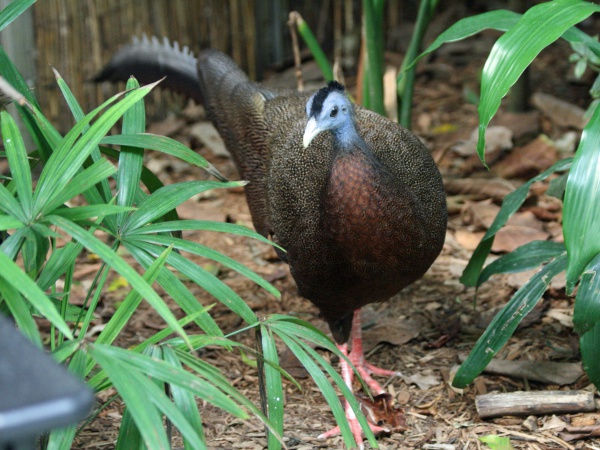Facts About Great argus
The Great Argus is a captivating pheasant species indigenous to Southeast Asia. First described by Carl Linnaeus, its name is derived from the striking eye-like patterns on its wings, reminiscent of the hundred-eyed giant Argus from Greek mythology. There are two main subspecies: the Nominate Argus found in the Malay Peninsula and Sumatra, and A. a. grayi from Borneo. Interestingly, what was once considered a separate species, the Double-banded Argus, is now recognized as a mutant form of the Great Argus.
Male Great Argus pheasants are among the largest in their family, boasting long tail feathers and intricate wing patterns. In contrast, females are smaller and less colorful. Males perform elaborate courtship displays in specially cleared areas of the forest to attract females. Contrary to previous beliefs, these birds are actually monogamous.
Feeding on the forest floor, the Great Argus lacks a uropygial gland, which is uncommon for birds. They lay only two eggs, which is quite rare among Galliformes. These birds inhabit the dense jungles of Borneo, Sumatra, and the Malay Peninsula. Unfortunately, due to habitat loss and hunting, the Great Argus is classified as Near Threatened on the IUCN Red List and is listed on Appendix II of CITES, underscoring the need for conservation efforts.

 Myanmar (Burma)
Myanmar (Burma)